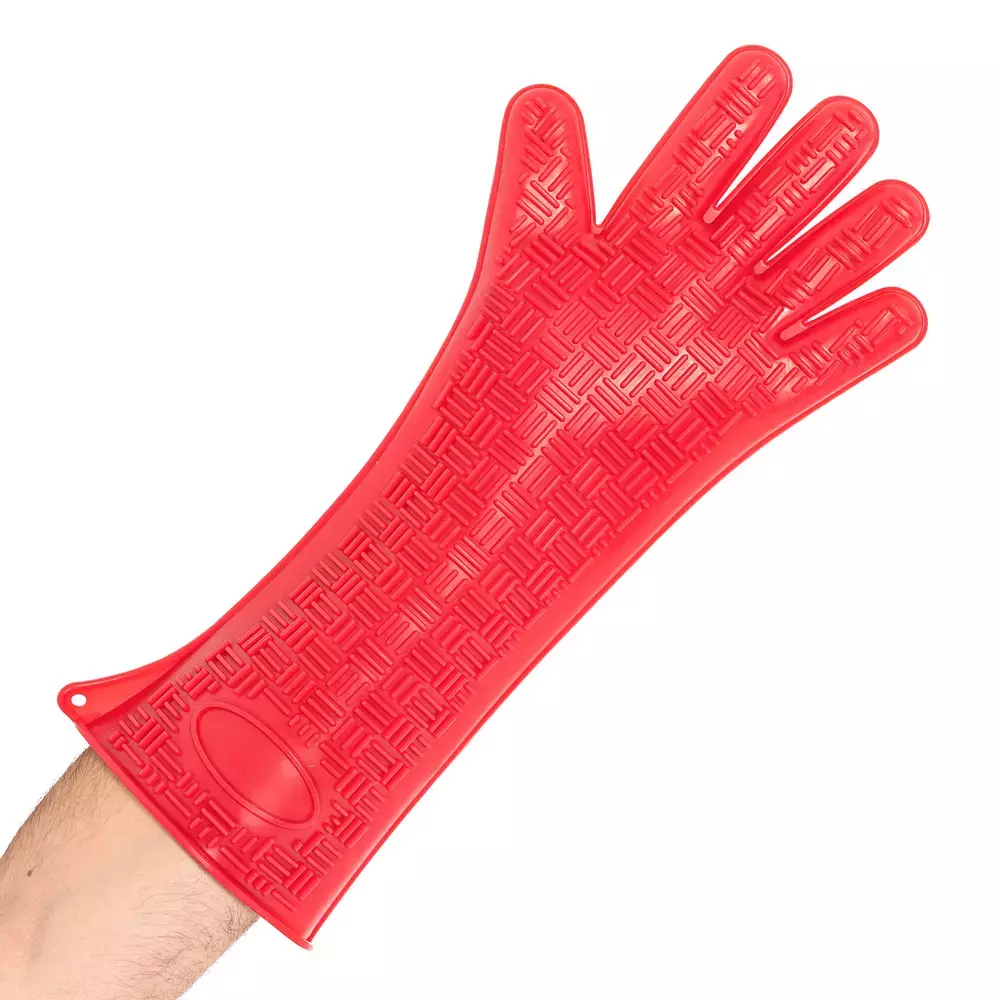
HygoStar Heatblocker Silicone Oven Gloves, 43 cm, Red
HygoStar Heatblocker Silicone Oven Gloves, 43 cm, Red
5 / 5






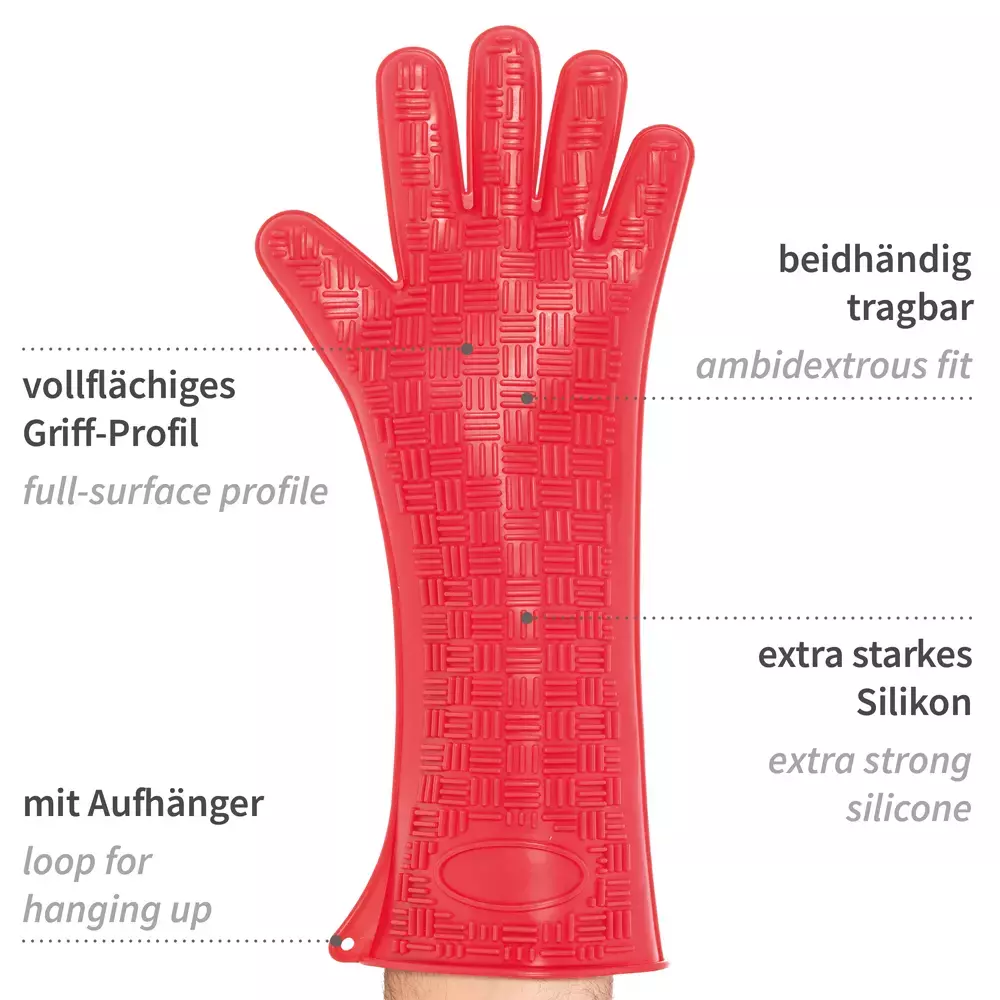
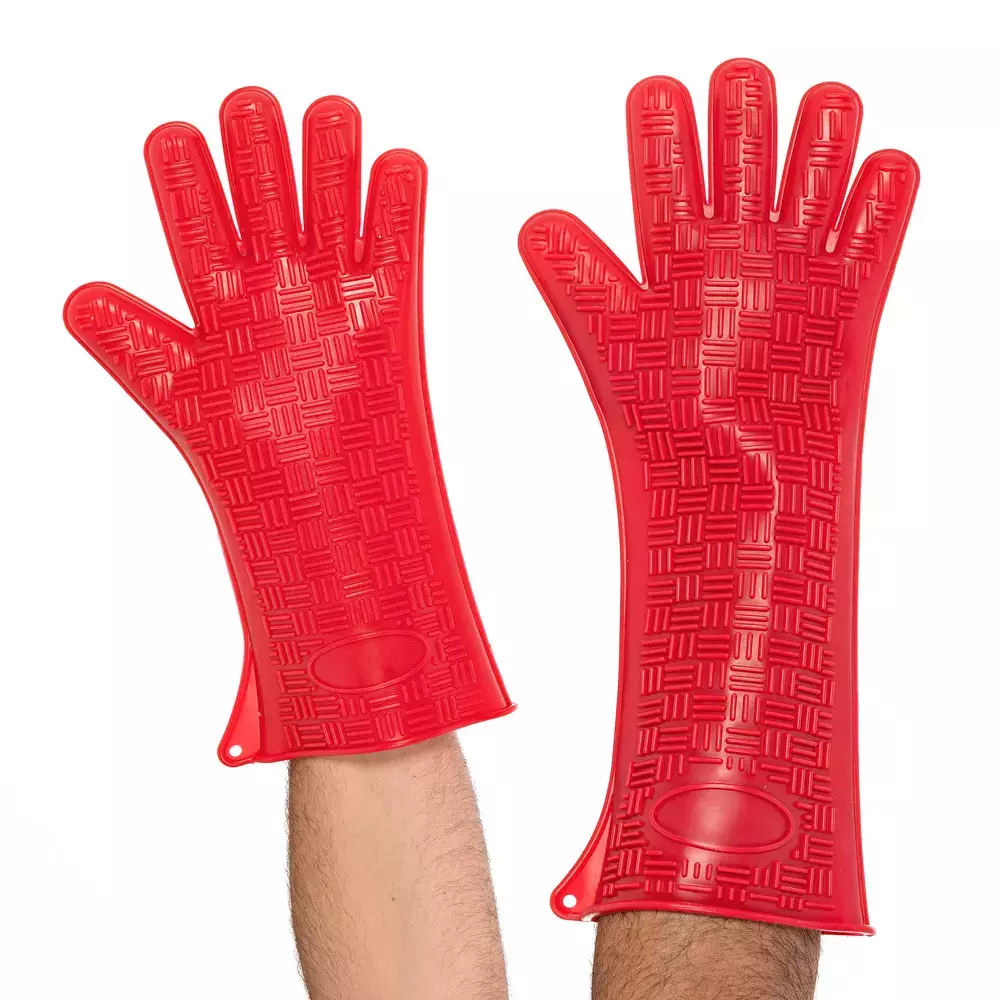


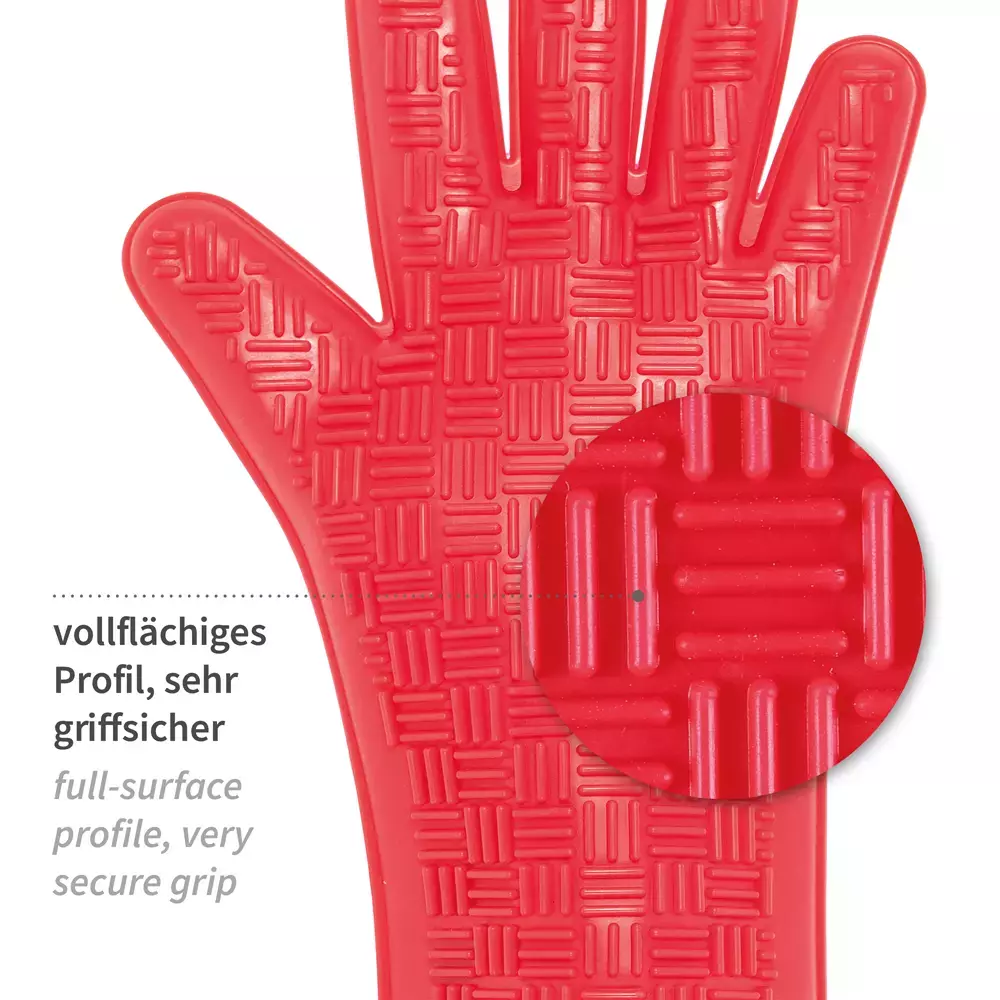
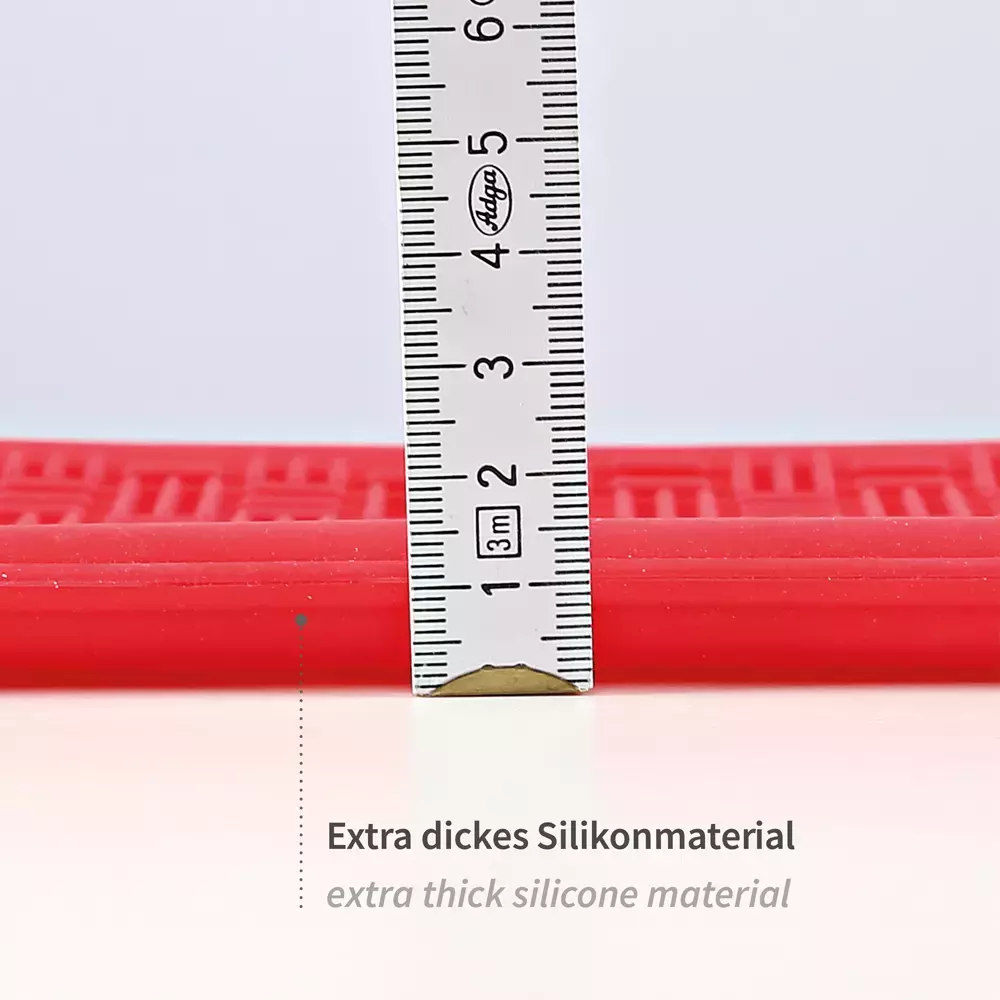

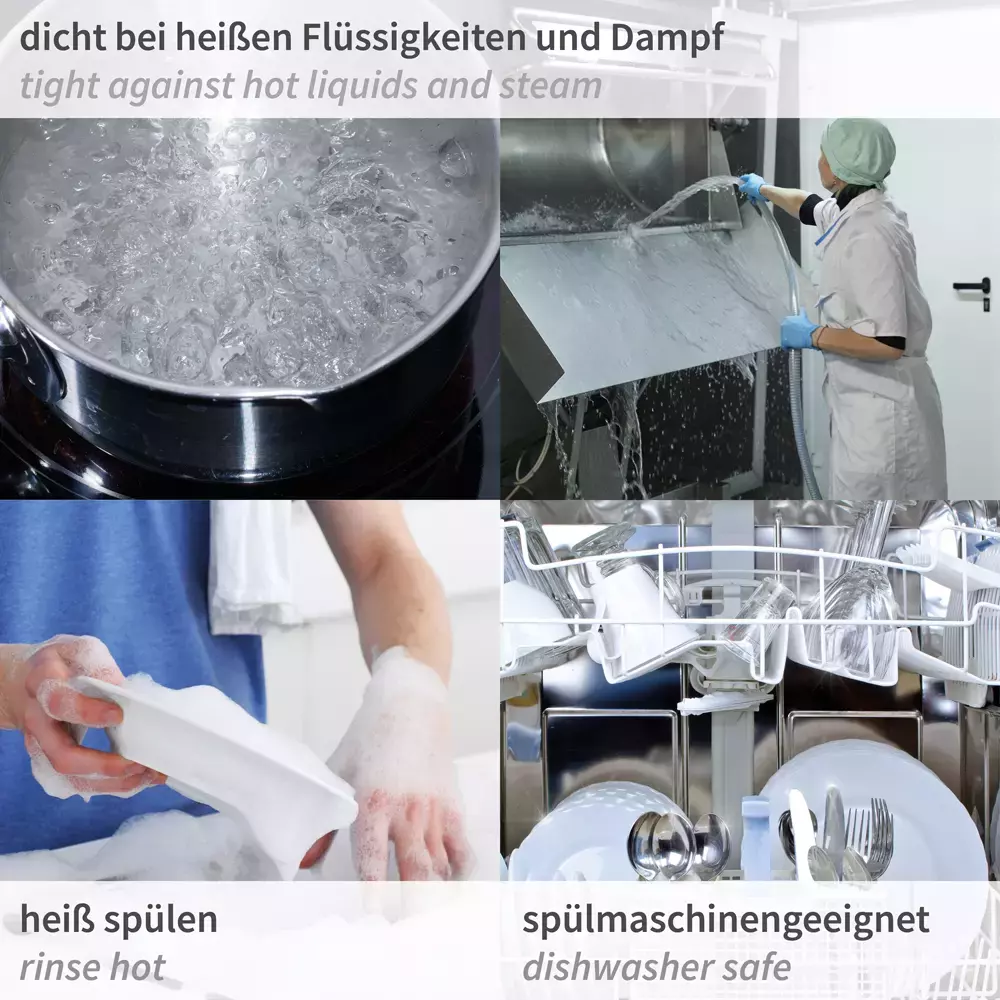
HygoStar Heatblocker Silicone Oven Gloves, 43 cm, Red
5 / 5
23,81 €
25,69 €Price per 2 packages (2 pairs)
11,90 € / pair
Choose size
Shipping fee is 5,00 € for orders under 150,00 €
Product description
The product description has not been specified
Determines how the glove secures around the wrist, affecting fit, protection from debris, and ease of putting gloves on and taking them off.
Full finger coverage offers complete protection and warmth, keeping your hands safe and comfortable.
Multi-purpose design offers versatile protection and comfort, ready for a wide range of tasks.
Determines visibility, safety compliance, and how well dirt and wear are concealed during use in different work environments.
The composition and construction materials of the gloves, determining protection level, durability, comfort, and suitability for specific work hazards.
Measures how far up the arm the glove extends, determining the area of protection from fingertip to cuff end for different safety requirements.
- Water Resistance
- Slip Resistant
- Hand Protection
- Chemical Resistance
- Heat & Flame Resistance
Gloves with the EN 407:2004 rating are tested for protection against various thermal risks including flammability, contact heat, convective heat, radiant heat, and splashes of molten metal. This means you can choose gloves that offer certified protection against specific heat and fire hazards for your safety.
Test results
This product was not tested for protection against convective heat, which is the transfer of heat through moving air, such as from a flame. Therefore, it has no claimed performance level for this specific thermal risk.
This product was not tested for protection against radiant heat, which is intense heat that can be felt from a distance. It does not claim to offer protection for tasks involving prolonged exposure to radiant heat sources.
This product provides protection from contact heat up to 250°C for at least 15 seconds. It is ideal for tasks where you might briefly handle hot items, such as in kitchens or workshops.
This product has not been tested for resistance against splashes of molten metal under the EN 407 standard. It does not offer rated protection for tasks where this is a risk, such as welding.
This product has not been tested for resistance against splashes of molten metal. It provides no claimed protection and should not be used for welding, foundry work, or other tasks with molten metal risks.
This product offers protection against brief contact with flames. It will stop burning in 10 seconds or less after the flame is removed, providing time to react in case of accidental fire exposure.
Food safe refers to the safety of food products that are used or consumed by people. In Europe, food safety is regulated by the European Union (EU) and the European Food Safety Authority (EFSA). These organizations set standards and requirements for food products to ensure they are safe to eat. To be considered "food safe" in Europe, a product must meet these standards and be free of harmful substances. This includes being free of harmful bacteria, pesticides, and other contaminants. Food products that do not meet these standards cannot be sold or used in the EU.
PPE stands for "personal protective equipment." PPE Category 2 refers to equipment that is more complex, and has a higher level of risk. Examples of PPE Category 2 include safety helmets, ear protection, and fall arrest equipment. In Europe, PPE Category 2 must meet certain safety standards set by the European Union, which means that it must be designed and manufactured to protect the user without causing harm. Companies that make or sell PPE must prove that it meets these standards. They also must have a quality management system in place and have to be audited regularly by a notified body.
Free delivery when you order more than 150,00 € from Franz Mensch
Supplier shipping fee 5,00 €
Brand minimum 50,00 €